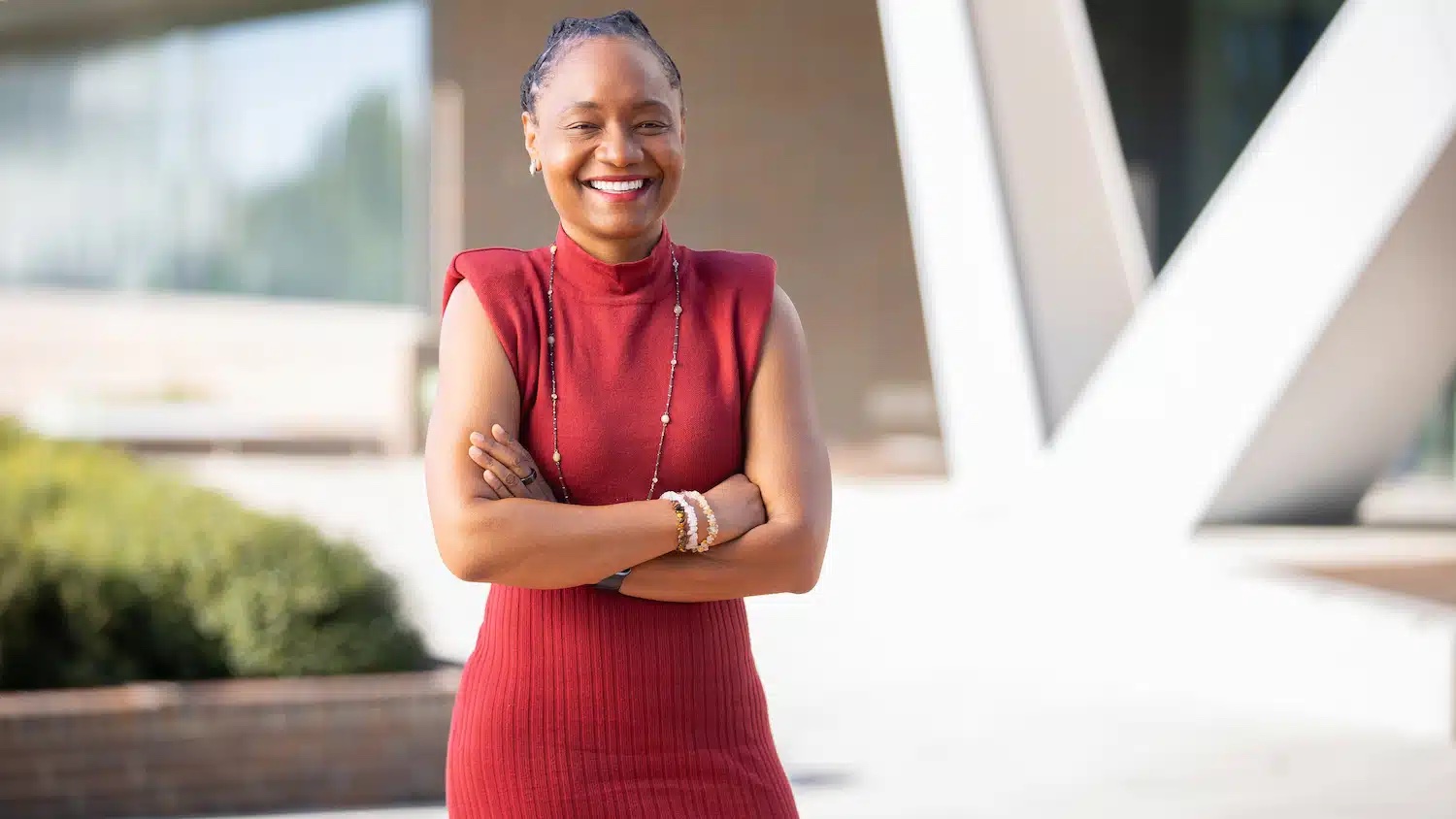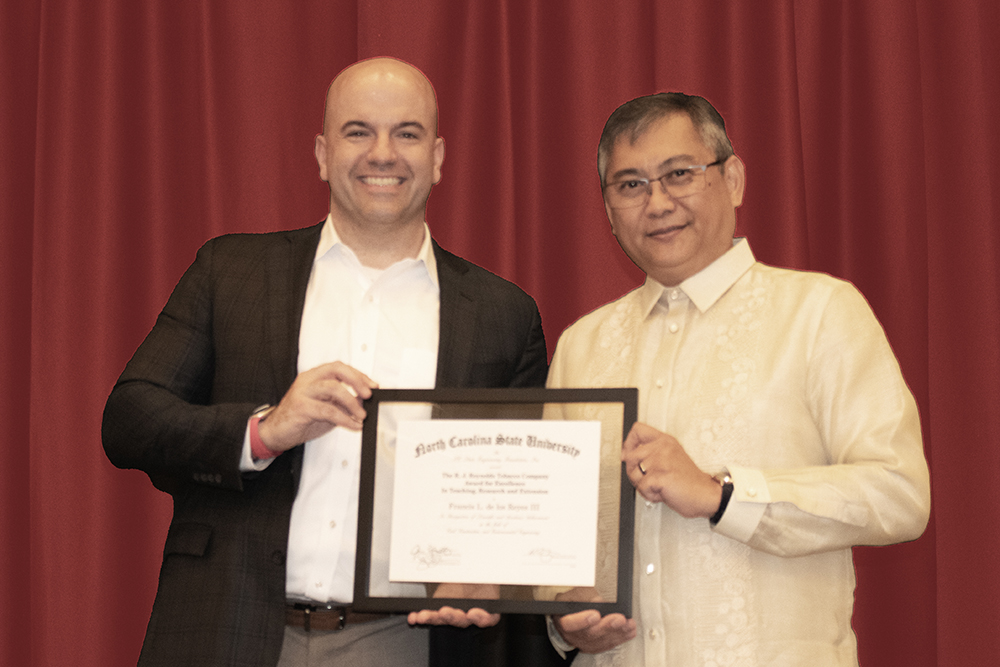Father and daughter help bring STEM support to North Carolina school


A gift from a father-daughter team of NC State graduates is providing opportunities in science, technology, engineering and math (STEM) to a North Carolina elementary school.
Tom Coffey is a 1963 civil engineering construction option graduate of NC State. His daughter Susanna Stevens graduated from NC State in 1989 with a degree in economics and finance and lives in Wilmington, NC.
Stevens became connected with Amy Oots, principal at Mary C. Williams Elementary School in Wilmington and a fellow NC State graduate.
“Many of Amy’s children are in families that haven’t gone to college,” Stevens said.
The student population at Williams is more than half Hispanic. Most of those students only hear English at school so language proficiency is a big focus of the school’s curriculum.
“The students had not really had any exposure in engineering because there are only 7.5 hours in a school day and our focus is on language,” Oots said.
Stevens and Coffey saw an opportunity to provide support for the school that would increase access to STEM curriculum.
That’s where Dr. Laura Bottomley came in.
Bottomley leads the College’s Women in Engineering program and The Engineering Place, its K-20 engineering education outreach program. With financial support from Coffey and Stevens, Bottomley and a team from The Engineering Place have visited Williams Elementary twice to begin work with teachers on an integrated STEM curriculum that incorporates not just science and math but also social studies and language arts using engineering as a platform.
“It’s STEM-plus, if you will,” Bottomley said.
The Engineering Place team is developing activities for each grade level that ask students to read, comprehend math, record data, learn about culture and interpret maps.
With one first-grade kit, students learn about festivals of lights native to different cultures around the world and are given a string of battery-powered lights to decorate with. The students learn about culture and geography but also engineering as they discover how the lights work.
As Bottomley points out, it’s not enough to just hand kits to overworked teachers. To make the project a success, the NC State team needed to develop the curriculum and instructions that go along with it.
It’s the first time The Engineering Place has written lesson plans that integrate so many areas. Bottomley hopes the kits can be adapted for other schools across the state.
Stevens, who has worked for North Carolina-based analytics and data firm SAS Institute for 24 years, wants to encourage more young women to seek degrees and careers in STEM.
In thinking about a way to give back, she hoped to encourage her alma mater to do more to support the people of North Carolina.
Coffey, who has endowed scholarships for the men’s and women’s golf teams at NC State and for civil engineering students at the undergraduate and graduate levels, saw another opportunity to make a difference.
“These types of programs that get young people involved in technical areas excite me,” he said. “It’s where they need to be into the future.”
Return to contents or download the Spring/Summer 2018 NC State Engineering magazine (PDF, 3MB) along with the insert about Fitts-Woolard Hall (PDF, 479KB).


